Do not you simply hate it while you’re continuously hitting that 20% battery in your Galaxy, iPhone or Pixel telephone? Every single day is a battery nervousness day. How for much longer do we have to endure this?
It is irritating, to say the least, and it appears that evidently the large three aren’t doing a lot to repair the difficulty. However there could also be a change on the horizon.
State of smartphone batteries in 2025


Let’s shortly try the state of flagship batteries and the battery life hottest telephones are providing in 2025. Beginning with the Galaxy S25 Extremely, we have now the precise 5,000 mAh capability we’re speaking about, and this telephone ranks #23 in our battery benchmark with a composite rating of precisely 8 hours. Not dangerous? Possibly.Then we have now the archenemy – the iPhone 16 Professional Max with its 4685 mAh cell on board, managing to outperform the S25 Extremely with an total rating of 8:30 hours. This end result grants the iPhone 14th place on our record (for now).
Lastly, the third mannequin that is extraordinarily well-liked within the US – the Pixel 9 Professional XL – comes with a 5,060 mAh battery and scores 7:18 hours total in the identical battery take a look at. This end result ranks it #51, which isn’t nice.
To place this into perspective, let’s check out another smartphones that includes 6,000 mAh batteries or extra and the way they fared in our take a look at.
The newest two flagship fashions from Vivo – the Vivo X200 Extremely and X200 Professional – each function 6,000 mAh batteries, and they are often discovered on the high of our itemizing, securing locations #3 and #6, respectively. And if we take away the midrange Sony Xperia 10 IV from the equation, together with the now 2-year-old Asus Zenfone 10 (which is on the verge of falling out of our “examined previously 2 years” criterion), these positions turn into #1 and #4.
On the high we additionally discover the RedMagic 10S Professional with its 7,050 mAh battery and the Nubia Z70 Extremely with a 6,150 mAh cell on board.
Competitors from China
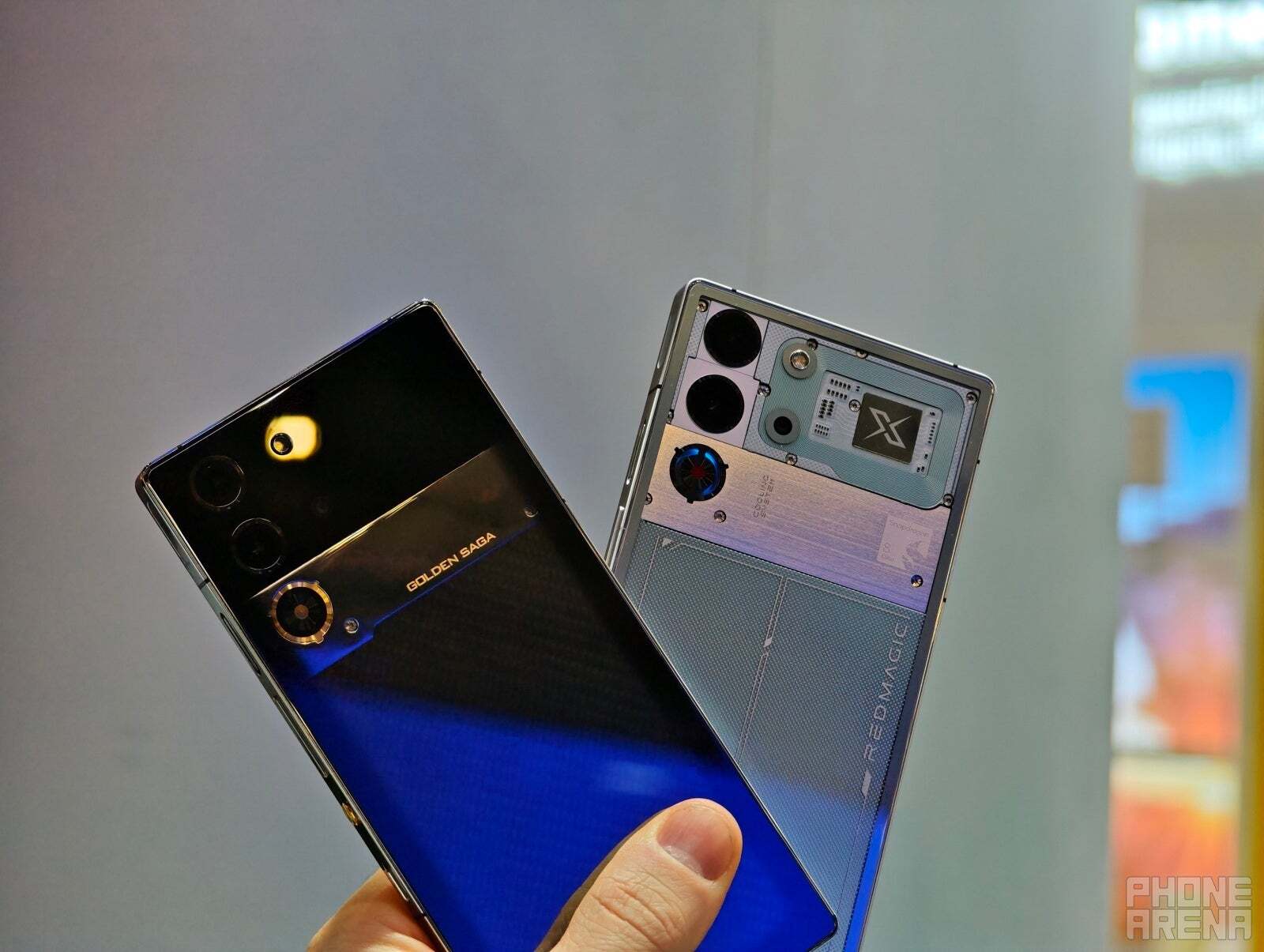

There is a 7,050 mAh battery contained in the RedMagic 10 collection | Picture by PhoneArena
The principle cause behind the scenario above is named silicon-carbon batteries. Now we have a devoted article explaining the silicon-carbon expertise, however lengthy story brief, it is a technique of imbuing silicon into the graphene anode of a battery, increasing the general capability.
The factor is, for the time being this expertise is unique to China and Chinese language telephones, such because the Honor, OnePlus, Nubia, Vivo, Oppo, and RedMagic units.
There are a couple of dozen silicon-carbon anode producers in China, and this surge in battery tech comes from the truth that China additionally has the largest development in electrical autos previously couple of years. And so they use batteries, in fact.
So, your subsequent telephone may need a 6,000 mAh battery or extra, particularly if it comes from China. Corporations akin to Samsung and Apple are nonetheless enjoying catch-up, though there are rumors that each are wanting into methods of using this silicon-carbon tech of their subsequent flagship fashions.
Why is 5,000 mAh not sufficient anymore?
Everyone knows that extra is healthier (or extra is extra, as Winnie the Pooh used to say), however why do 5,000 mAh appear to not reduce it anymore? Have our telephones turn into completely different, extra power-hungry? And in what methods?
Greater and brighter screens
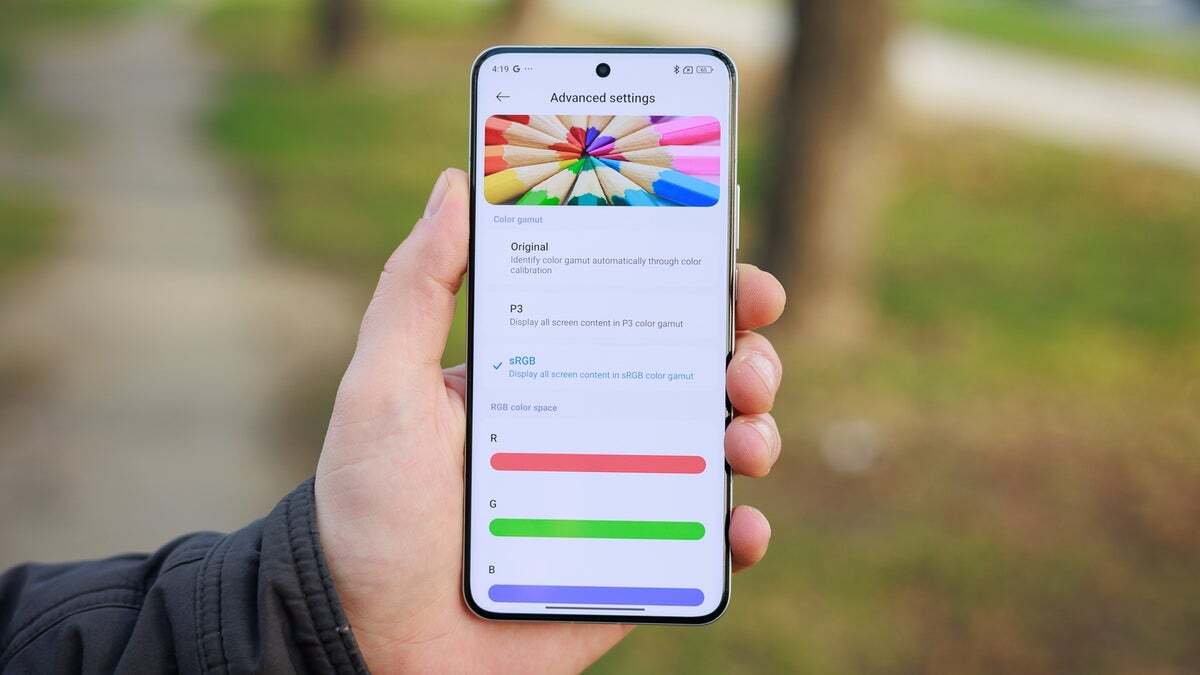

That is how 3,000 nits seem like underneath the summer season solar | Picture by PhoneArena
These days, smartphones are 90% display screen, and these screens are getting greater and brighter yearly. We’re pushing the 7-inch threshold on the largest flagship telephones, and even the bottom fashions have grown in measurement.
The scale shouldn’t be the one wrongdoer for the elevated vitality consumption; actually, the upper and better brightness figures which can be tossed round with each new technology contribute probably the most to the battery drainage.
It is good to have 5,000 nits of peak brightness on a display screen, however sustaining it over a protracted time period will drain your smartphone battery actual quick. Couple this with the upper show refresh charges, that are the brand new huge factor in smartphones, and you will have the image.
Energy-hungry chipsets
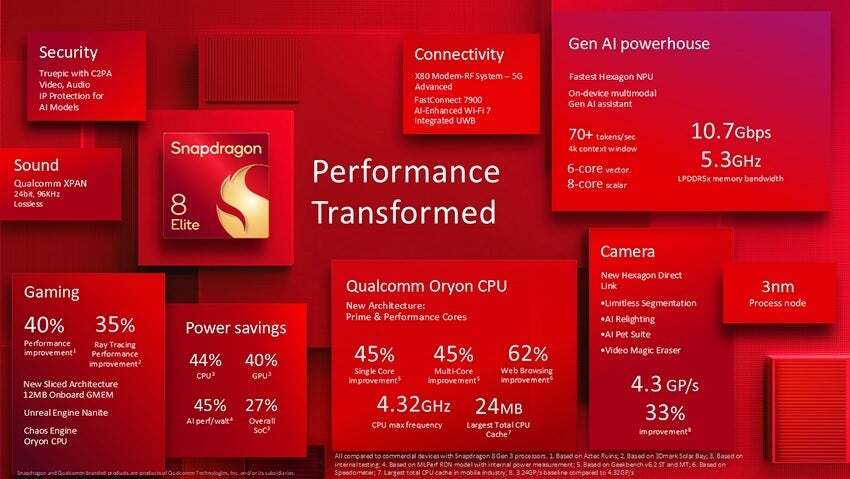

Each smartphone technology, in the course of the launch shows, we get the slides with the elevated {hardware} efficiency. Whether or not it is 20% or extra, this has its toll on the ability consumption.
Granted, silicon will get extra environment friendly as properly, however the energy hole between generations continues to be there. Simply check out the TDP (thermal design energy) figures for the Snapdragon processors of late, and you will notice the distinction.
This TDP quantity mainly exhibits how a lot warmth an digital element produces, and it is intently tied with its effectivity and vitality consumption. The Snapdragon 8 Elite, for instance, has a TDP of 8.2 W, whereas the primary technology, the Snapdragon 8 Gen 1, has a TDP of 5.3 W.
It is a substantial distinction, particularly for those who prefer to play heavy video games or use apps that require severe computational energy.
Intensive apps and fairly UI
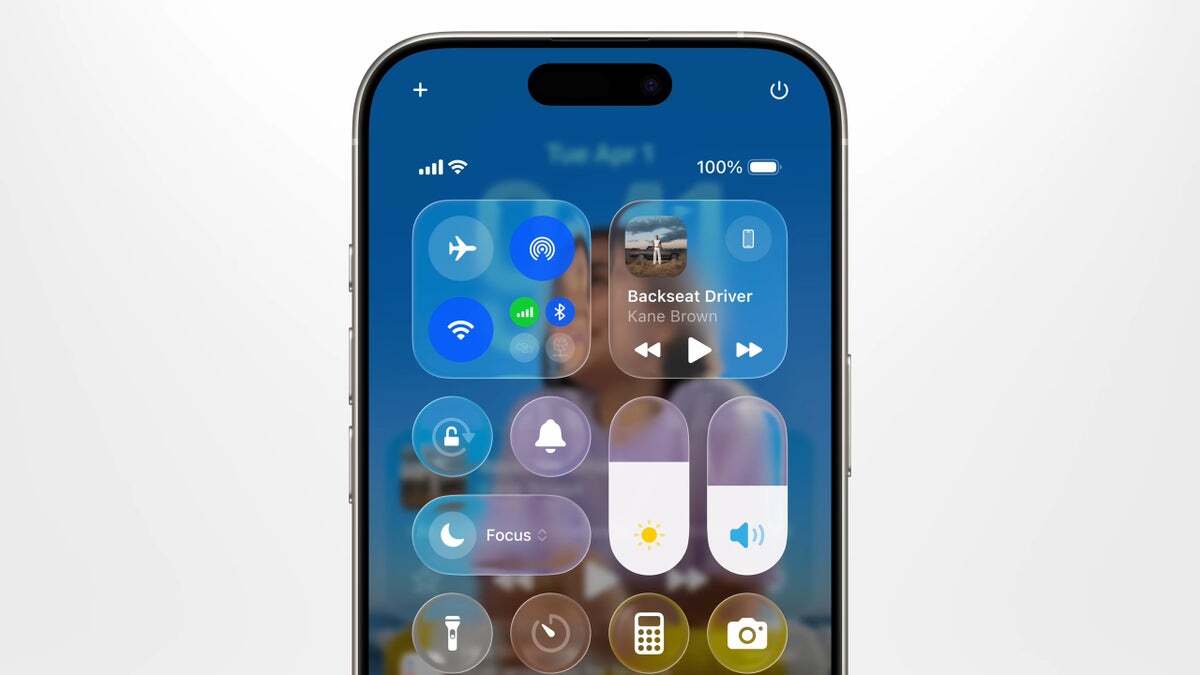

Liquid Glass – fairly, but in addition power-hungry
Within the wake of the iOS 26 announcement, we simply cannot fail to say the person interface as a think about energy consumption. All of the animations, transitions, the transparency results and transferring design parts require computational energy out of your smartphone’s GPU (graphics processing unit). This energy drainage will not be as intense because the one occurring throughout gaming, however remember that you just use your telephone’s UI on a regular basis, so the vitality use piles up.
And talking of computational energy, guess what requires loads of it? AI.
AI options
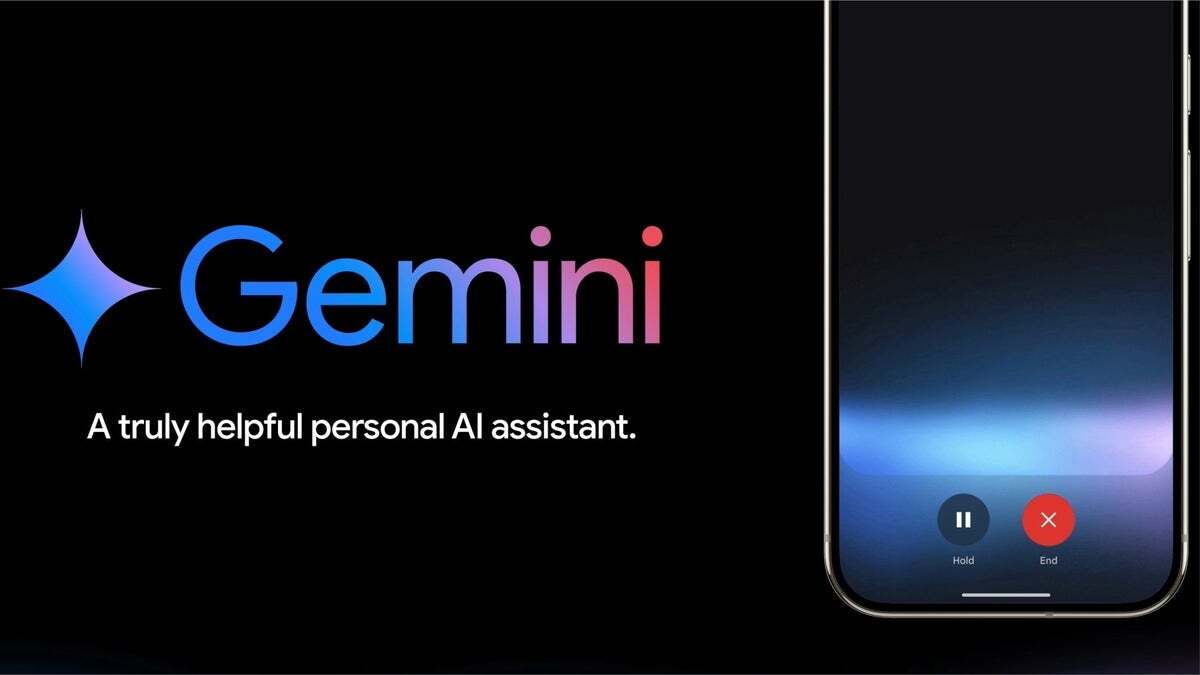

We all know that most of the heavy AI duties are completed on the server aspect, however corporations try to maneuver as many AI options as they will on-device. It is each for safety functions and likewise to have the ability to boast that your telephone is the one doing the AI magic.
All this requires specialised silicon, neural community {hardware} chips which can be an extra energy client.
Once more, this won’t be instantly seen in your battery proportion indicator when utilizing Stay Translate, for instance, however all these issues add up.
Conclusion


The silicon-carbon expertise is likely to be coming to Samsung and Apple telephones
So, is there an answer? Ought to we go for smaller telephones with midrange chipsets and low refresh charges? No, in no way! We’re at a transition in 2025, ready for large corporations to undertake the silicon-carbon battery tech.
What we should always do is maintain our horses and look ahead to this to occur if we need to keep on with iPhones and Galaxies. Or if we need to hop on that prepare sooner, we are able to at all times go for a flagship with a silicon-carbon battery.
Honor is deep contained in the fourth technology of this tech, and types akin to OnePlus and Xiaomi are additionally on board. The long run is vibrant, and regardless of the ever-so-hungry chipsets and shows, we’d lastly get the elusive two and even three days of battery life on our beloved smartphones.

